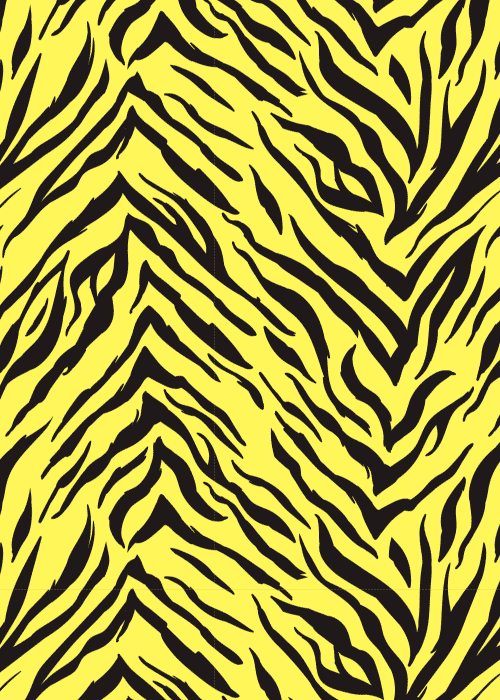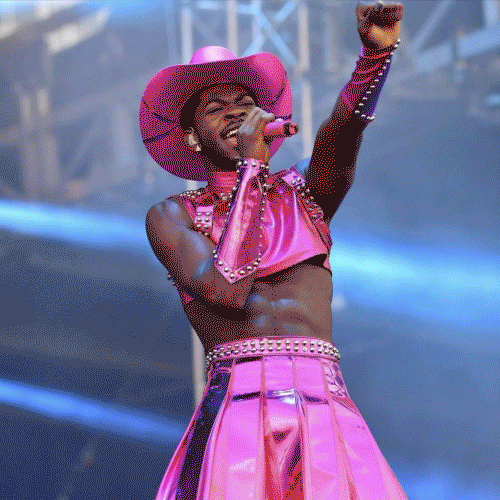Lasting Legacy: What Stonewall Means in the South
At the conclusion of my first year teaching at a small college in Southwest Virginia, a Black queer friend invited me to come visit him an hour away in Lexington, Virginia. As a white, queer, non-binary person, I was still getting my Southern bearings. So was he. We had both grown up in coastal, metropolitan communities. On the drive into town, I passed a strip mall called Stonewall Square and witnessed signs for Stonewall Jackson Hospital. In town, my friend walked me down to a small cemetery when I found myself face to face with Stonewall Jackson’s actual grave. Then he explained to me an interesting ritual: visitors often leave lemons on the ground around the Stonewall tomb. Apparently the general was a big fan of sucking on them in battle, or so the story goes. Some local residents recently left lemons inked with the letters “BLM”—meaning Black Lives Matter—which caused quite a stir.
If you want to know what Stonewall means in the South, some fifty years after an uprising in New York City at a similarly-named bar helped launch the modern LGBTQ movement, you can learn a lot by poking around, as we did, at the intersections of two Stonewalls: the Confederate one and the queer one. For the past four years I have led a team of volunteers in Southwest Virginia interviewing LGBTQ residents, recording their oral histories, collecting archival documents, and leading walking tours and public programs interpreting the region’s LGBTQ history. What I have learned is that the legacies of the first Stonewall—the general—are just as relevant today as the legacies of the second one.
My friend was then helping to organize what would be, if they could pull it off, the first-ever Martin Luther King Jr. Day parade in Lexington’s history. They had received threats from white supremacists who planned to disrupt the parade in the name of Lee-Jackson Day, a state holiday in Virginia that honors two of the most famous Confederate generals. The threats of violence were so loud in the weeks leading up to the march that the New York Times even wrote about it. (This was still six months prior to the violence in Charlottesville.) Members of the Southwest Virginia LGBTQ+ History Project traveled to Lexington and marched with signs that stated “Black Lives Matter” and “Queers Against White Supremacy.”
After the MLK march, which was successful, I began to think more around these intersecting histories: LGBTQ history on one hand, and histories of white supremacy on the other, and also about my potential complicity, as a white queer person, in perpetuating racism within LGBTQ narratives. Several decades ago the historian James T. Sears wrote a book about the so-called “Stonewall South.” He meant the Stonewall-era (1970s) South. But I wondered: is not the LGBTQ South also always the other Stonewall’s South—a place where legacies of slavery and racism run deep and continue to influence LGBTQ lives?
In 1971, less than two years after New York’s Stonewall event, a group of gay men and women founded the Gay Alliance of the Roanoke Valley, the first Gay Liberation organization in our region. It was the same year that Roanoke’s schools finally integrated under court order. White gay men and lesbians, in their oral histories, recount the extreme paucity of African Americans who were involved in the gay movement at the time, whether it was the 1970s-era Gay Lib groups, or the 1980s-era lesbian feminist organization in our region. Black gay men tell different stories of that time: about crossing the bridge at night that connected the historically Black, segregated Gainsboro neighborhood to downtown Roanoke in order to meet up with white gay men for fellowship and sex. But not every bar downtown was so welcoming to Black men. One gay man told us that he preferred hanging out in other spaces, such as the dive bars where Black trans sex workers and their white johns were a regular clientele. White and Black LGBTQ folks experienced different geographies of belonging in the Stonewall South.
Indeed, the most visible Black LGBTQ people in Southwest Virginia in the 1970s and 1980s worked on the stage as drag queens and in the streets as sex workers. Several Black trans sex workers recalled conflicts with Roanoke’s police department, and horrifying experiences with the region’s criminal justice system. Yet if you read the gay newsletters in our archive from the 1970s and 1980s, trans sex workers are never mentioned in those pages. The Stonewall South was not monolithic: it was Black on one side, white on the other; gay and lesbian here, trans folks over there.
Black queer scholars such as Shaka McGlotten, Charles Nero, and E. Patrick Johnson have shown how the racism of heterosexual society is mirrored, rather than disrupted, in queer spaces. Gay neighborhoods, or gayborhoods, developed as places where white gay men could accumulate wealth and status while simultaneously policing and evicting queer and trans people of color from the same real estate. Roanoke’s “gay ghetto,” in fact, developed in the all-white segregated Old Southwest neighborhood in the 1970s.
Stonewall Jackson fought to maintain a white supremacist society. The legacy of the second Stonewall—the gay uprising—is, in surprising ways, not very different: white gay men and lesbians fought for the supposedly universal concepts of gay liberation, or later, equality, and yet the racial legacies of Southern white supremacy were never fully engaged with or dismantled. It should be noted that in other parts of the South, Black LGBTQ people did organize themselves, and today, efforts such as Southerners on New Ground (SONG) and the Campaign for Southern Equality are purposefully centering queer and trans people of color (QTPOC) at the forefront of regional LGBTQ activism.
Moreover, we are just now beginning to tell our stories. The first-ever Queer History South conference was held in Birmingham, Alabama earlier this year. The Invisible Histories Project, which organized that conference, recently won a major grant to expand their work into Mississippi and West Georgia. These efforts do not, however, rival the deeply entrenched United Daughters of the Confederacy or the Sons of Confederate Veterans. We can only hope that, over time, Virginians will come to know the second Stonewall as well as they know the first.
One more thing about Stonewall Jackson. He lost an arm in battle, and apparently his severed arm has its own grave. You can go visit the arm, and some of the most hardcore Confederate worshippers do just that. As a trans person with friends who have severed their own bodily appendages or are taking hormones to alter our corporeal forms, I am fascinated by this worship of General Stonewall’s trans arm. I might have to go there someday, compare body parts, and leave a “BLM” lemon in my wake. Then we must get back to work: cleaning up our own house, challenging the white supremacy in LGBTQ organizations and queer spaces, and remembering that Stonewall was not just a riot but also a general, and we live with both legacies to this day.
—
Gregory Samantha Rosenthal is Assistant Professor of Public History at Roanoke College and co-founder of the Southwest Virginia LGBTQ+ History Project. Explore more of their work atgregoryrosenthal.com.
Archive
- September 2025
- August 2025
- May 2025
- February 2025
- November 2024
- October 2024
- September 2024
- August 2024
- July 2024
- June 2024
- May 2024
- April 2024
- October 2023
- July 2023
- June 2023
- May 2023
- April 2023
- March 2023
- February 2023
- June 2022
- April 2022
- March 2022
- January 2022
- December 2021
- October 2021
- September 2021
- August 2021
- July 2021
- June 2021
- May 2021
- April 2021
- March 2021
- February 2021
- January 2021
- December 2020
- October 2020
- September 2020
- August 2020
- July 2020
- June 2020
- May 2020
- April 2020
- March 2020
- February 2020
- January 2020
- December 2019
- November 2019
- October 2019
- September 2019
- August 2019
- July 2019
- June 2019
- May 2019
- April 2019
- March 2019
- February 2019
- January 2019
- December 2018
- November 2018
- October 2018
- September 2018
- August 2018
- July 2018
- June 2018
- May 2018
- April 2018
- March 2018
- February 2018
- January 2018
- December 2017
- November 2017
- October 2017
- September 2017
- August 2017
- July 2017
- June 2017
- May 2017
- April 2017
- March 2017
- February 2017
- January 2017
- December 2015
- November 2015
- October 2015
- September 2015
- August 2015
- July 2015
- June 2015
- May 2015
- April 2015








